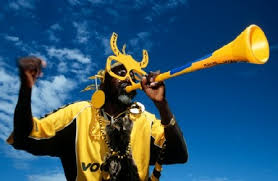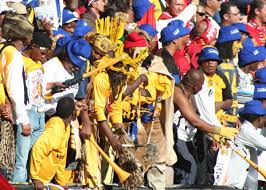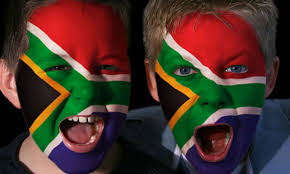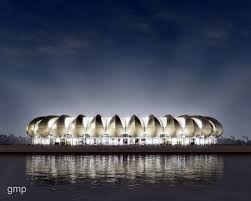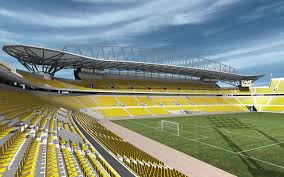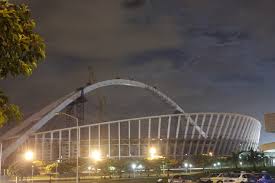
Qualifying ,for the next World Cup is now in progress across the globe in the race to join South Africa in the finals.
Again there will be 32 participating nations. South Africa will be joined by five other African nations, plus 13 from Europe, four from South America and Asia and three from Concacaf. There will also be two places decided by an Oceania/Asia play-off and a Concacaf/South America play-off.
EUROPE
The nine group winners qualify automatically. The best eight of the nine runners-up will play a two-legged play-off to qualify.
As in previous years, Conmebol qualifying is on a single league basis of the ten nations. The top four qualify automatically with the fifth place team playing off against a nation from Concacaf.
After Bhutan and Guam withdrew, Kuwait and Indonesia were given a bye into the second round. In round one, there were 17 two-legged ties. From the qualifying 19 nations, the top 11 ranked teams automatically moved into round three. The eight lowest ranked nations played another two-legged play-off. This took a total of 15 teams into round three.
Australia, South Korea, Japan, Saudi Arabia and Iran were joined in the third round by Uzbekistan, Iraq, Oman, Qatar, China, Bahrain, United Arab Emirates, Jordan, Thailand, Kuwait and Indonesia from the first round games.
The four victorious second round nations were Turkmenistan, Syria, Thailand and Singapore.
The 20 nations were drawn into five groups of four teams playing on a round-robin basis. The top two teams in each group qualify for the fourth round.
In Round Four, the ten nations were drawn into two groups of five. The top two teams will qualify for the World Cup.
The two teams which finish third will then play-off and the winning nation then faces a further play-off against a country from Oceania for a place in South Africa.
Play-off dates: October 10, 2009 and October 14, 2009. Then November 14, 2009 and November 21, 2009.
AFRICA
The preliminary round was to feature the ten lowest-ranked nations but São Tomé & Príncipe and the Central African Republic both withdrew meaning Swaziland and Seychelles received a bye.
That meant there were three matches remaining, of which Somalia-Djibouti was played as a one-off match while Madagascar-Comoros and Sierra Leone-Guinea-Bissau were two legged.
Swaziland, Seychelles, Sierra Leone, Madagascar and Djibouti qualified for the first group stage in which 48 nations were drawn into 12 groups of four. The 12 group winners and eight best runners-up will go through.
The second group round sees the 20 remaining nations drawn into five groups of four. The group winners will qualify. The qualifers will also double up for the 2010 African Nations Cup finals. The top three teams in the final group will qualify for this.

Qualifying will be the same as for 2006. The first round saw 11 preliminary matches between the lowest ranked nations.
The rest of the nations joined qualifying in the second round when they were seeded again based on FIFA World Ranking. The winners of the 12 two-legged ties will move into round three.
The next round is done on a league basis, with three groups of four countries. The top two teams in each group advance. This phase was completed on November 19.
The final stage sees one, six-team group from which the top three will qualify. The fourth placed team earns a play-off against a nation from South America.
The first stage of this region was completed in September 2007 as New Caledonia, Fiji and Vanuatu made it through to the next stage.
Also part of the 2007 Pacific Games, ten nations were drawn into two groups of five. The top two went through to the semi-finals. Both finalists qualified for the next stage of World Cup qualiying along with the winner of the 3rd/4th place play-off.
Those three nations joined New Zealand in round two. This was also the 2008 OFC Nations Cup. The four countries play on a league basis with the group winner playing off for the right to take on the qualifying nation from Asia. The group stage was completed with New Zealand the winners.





